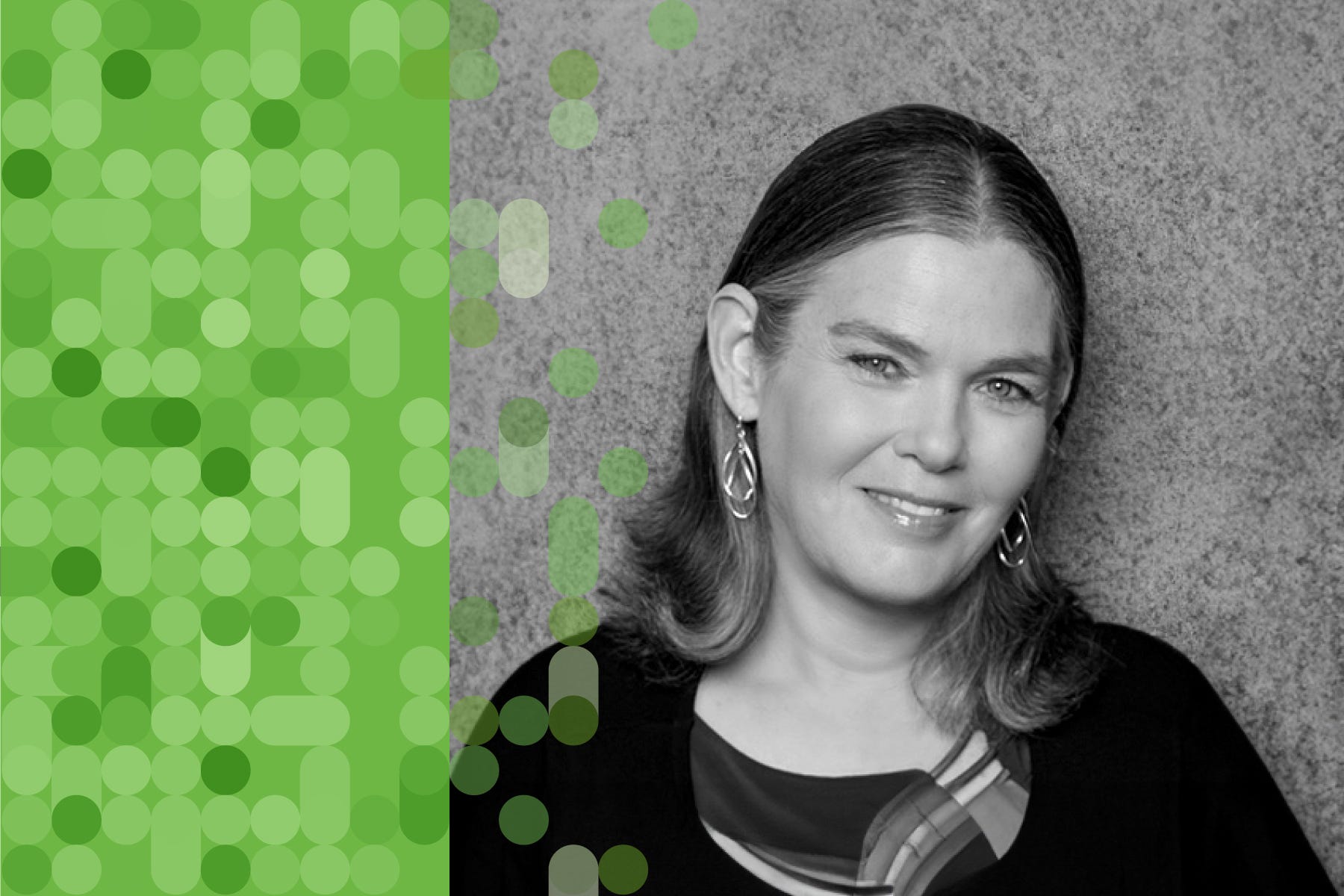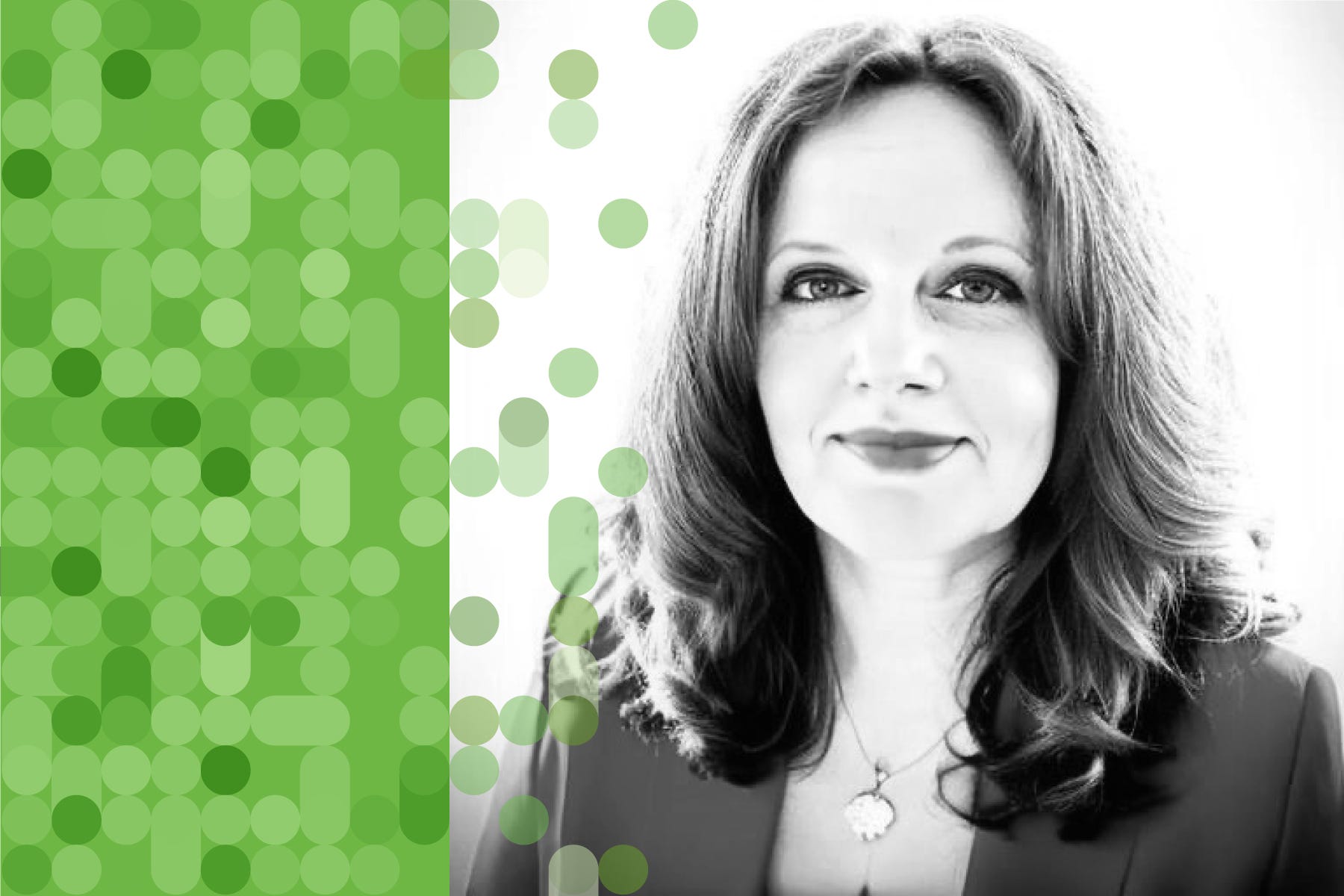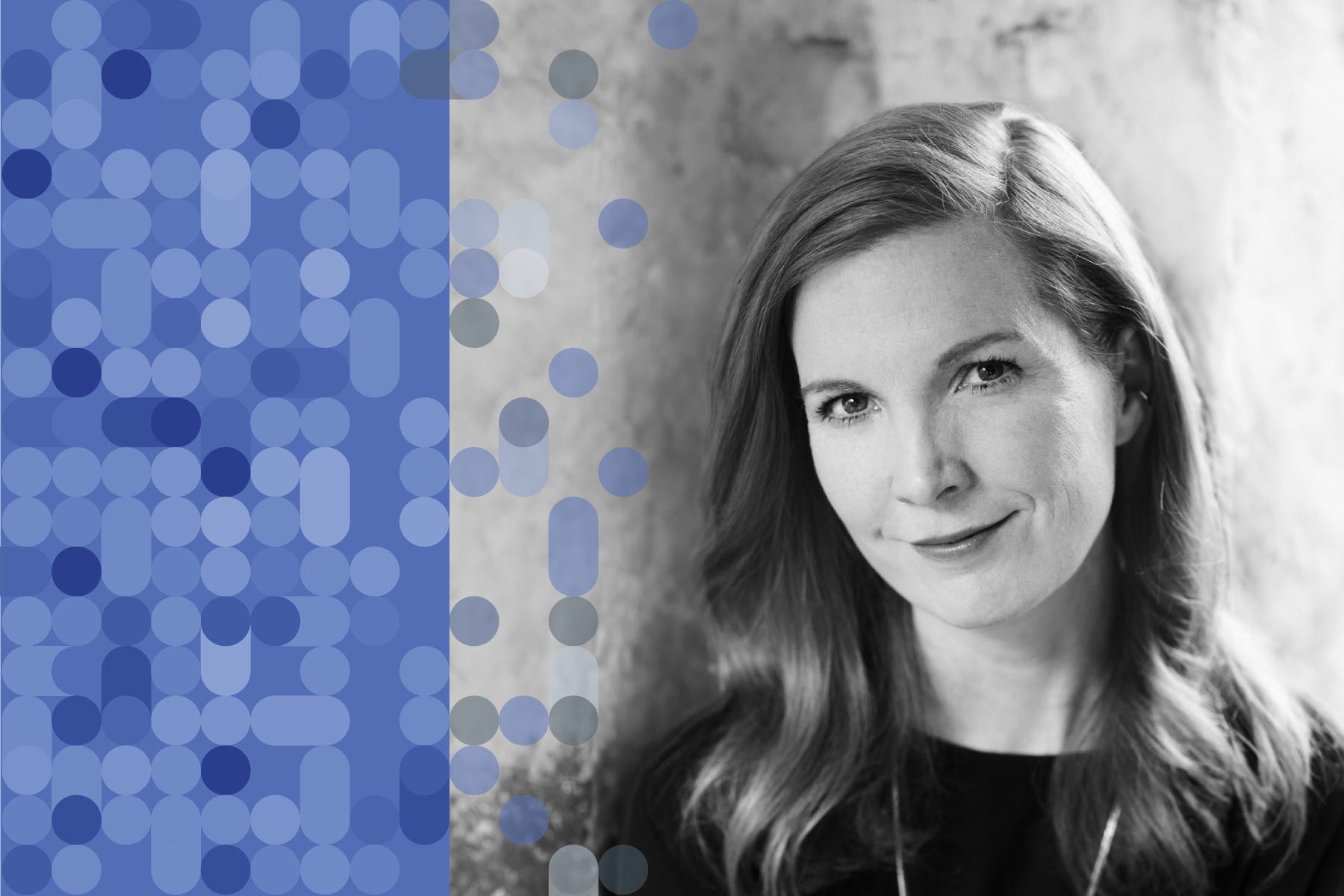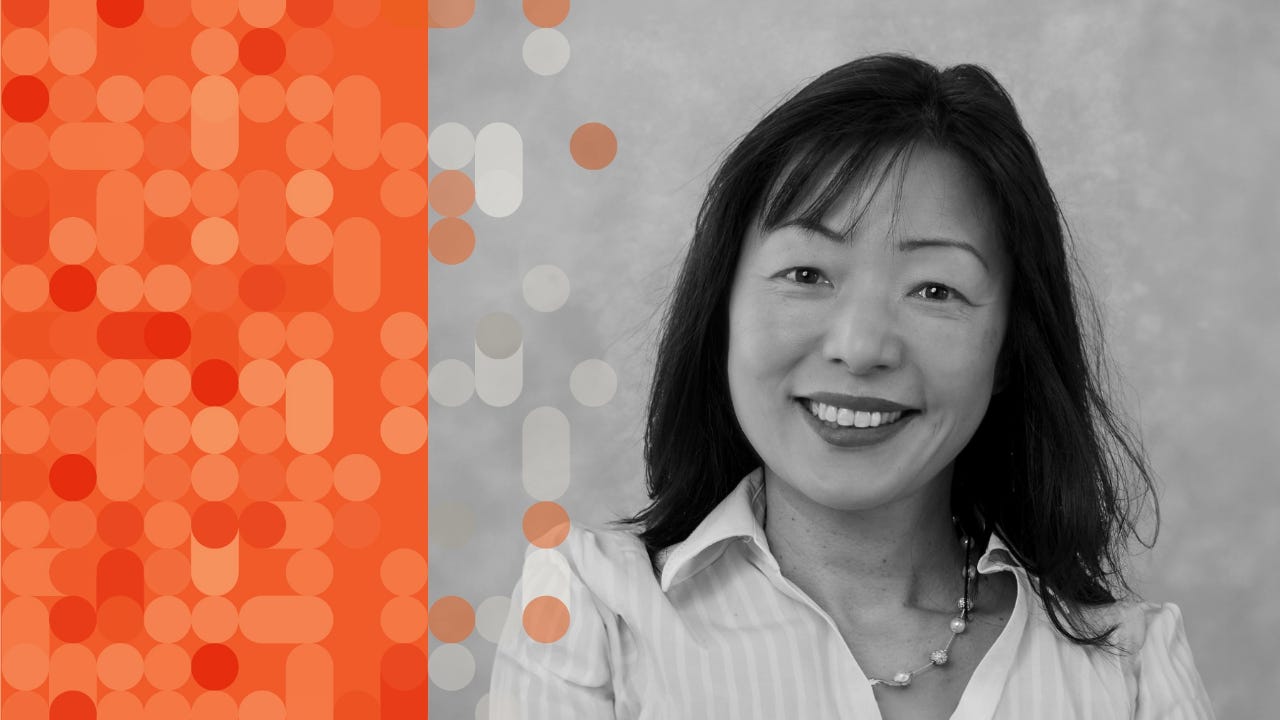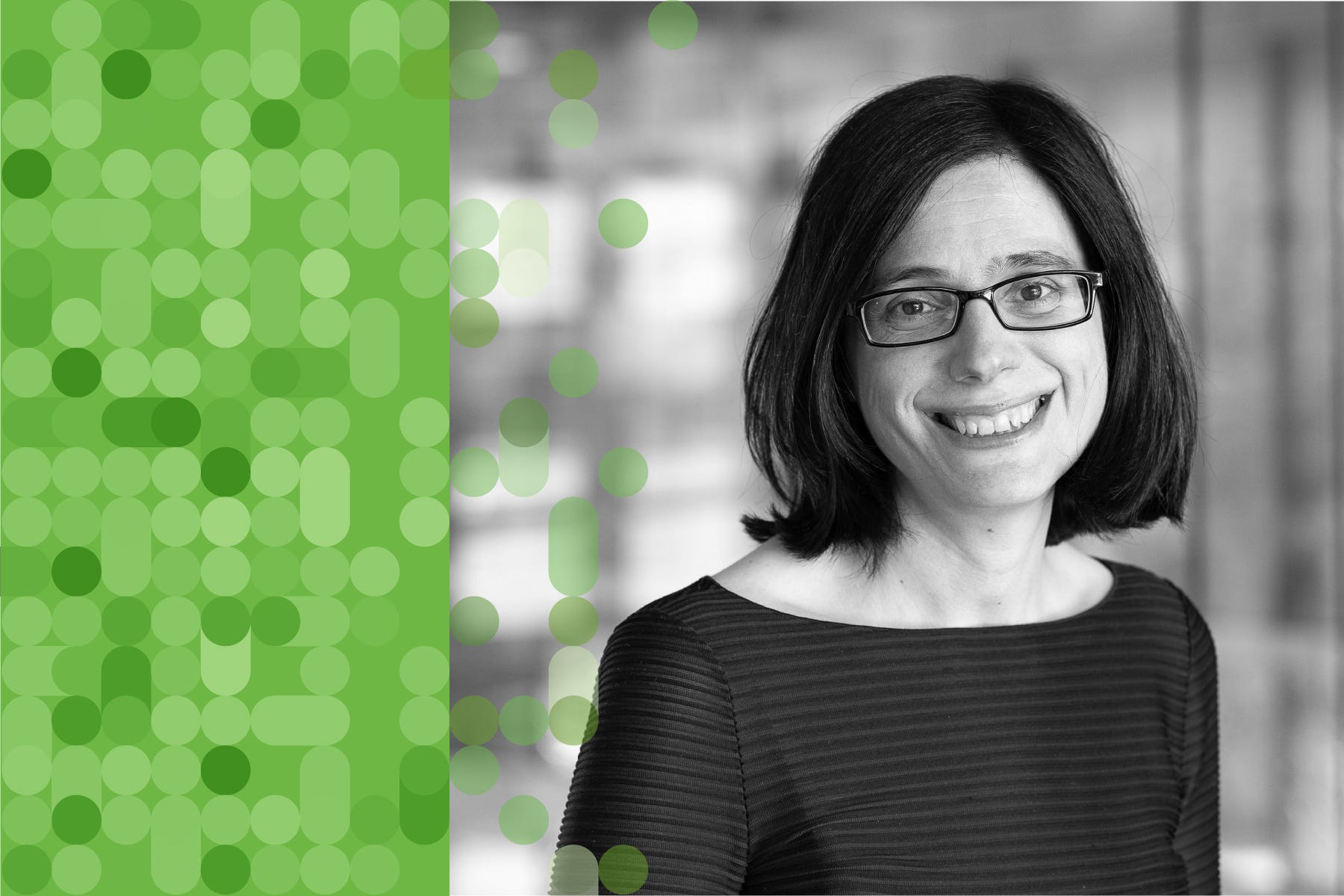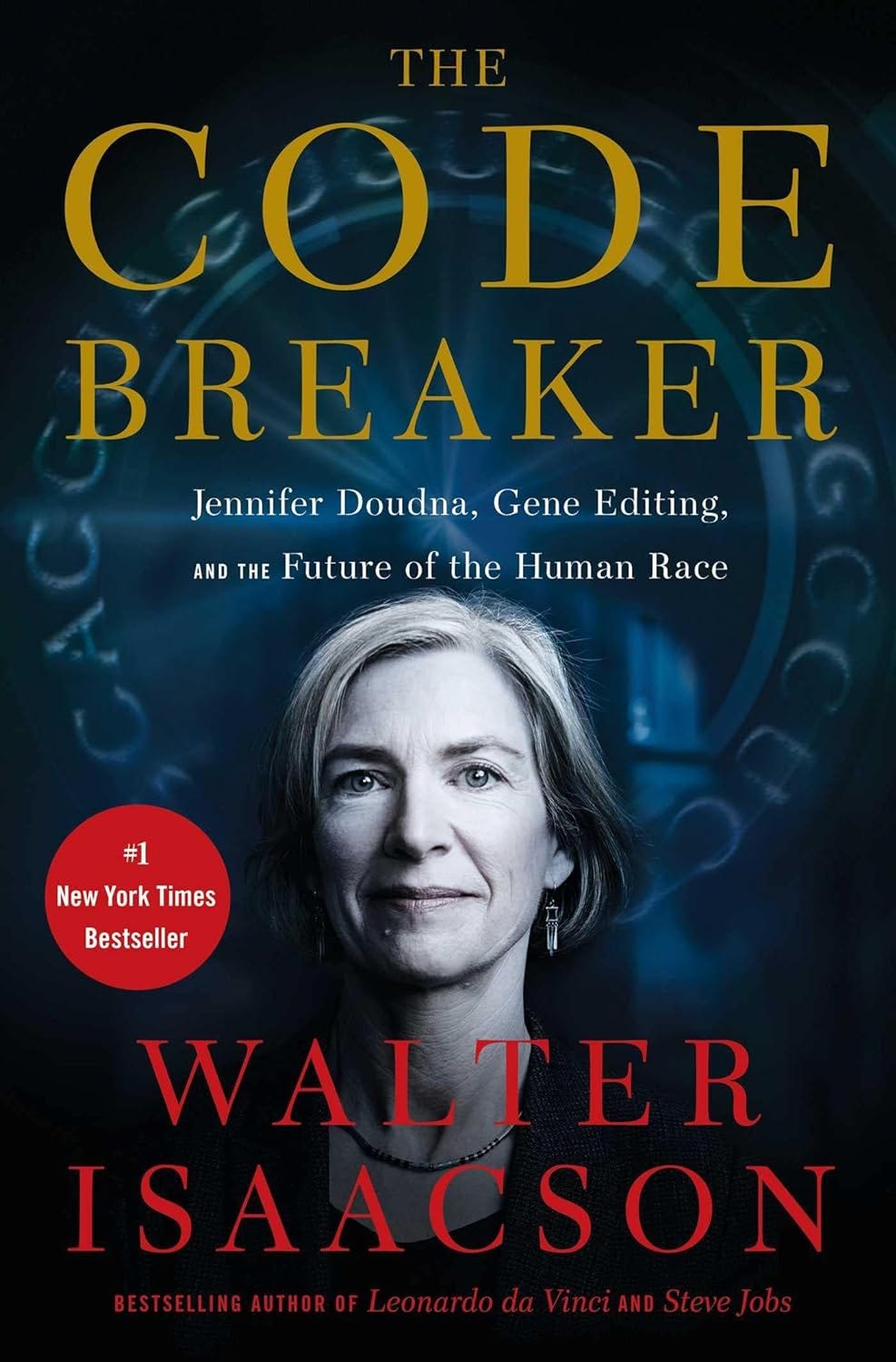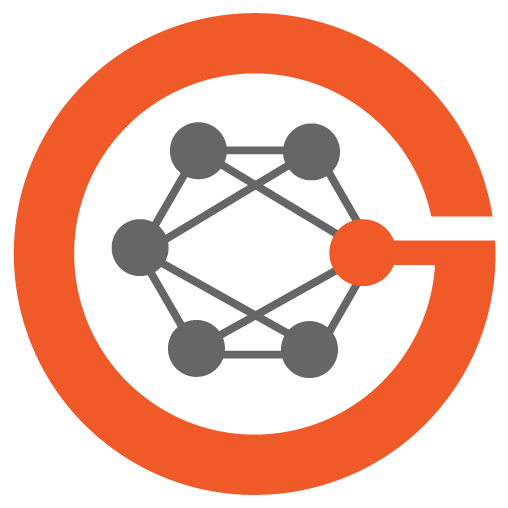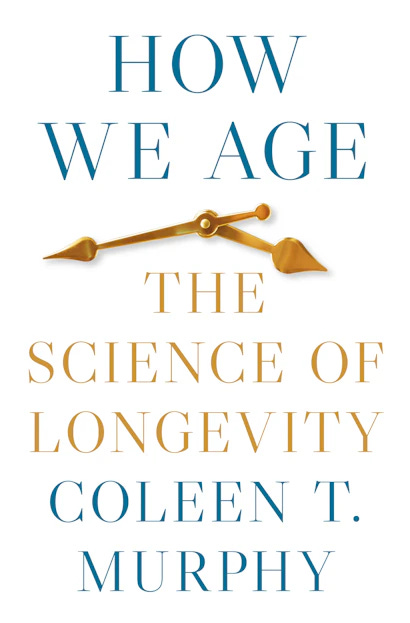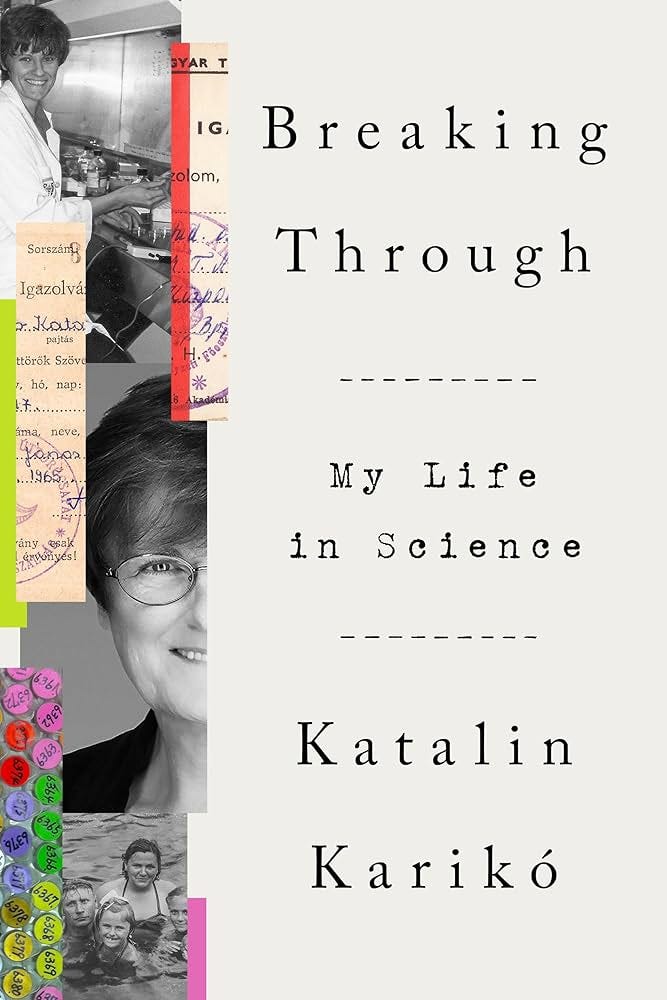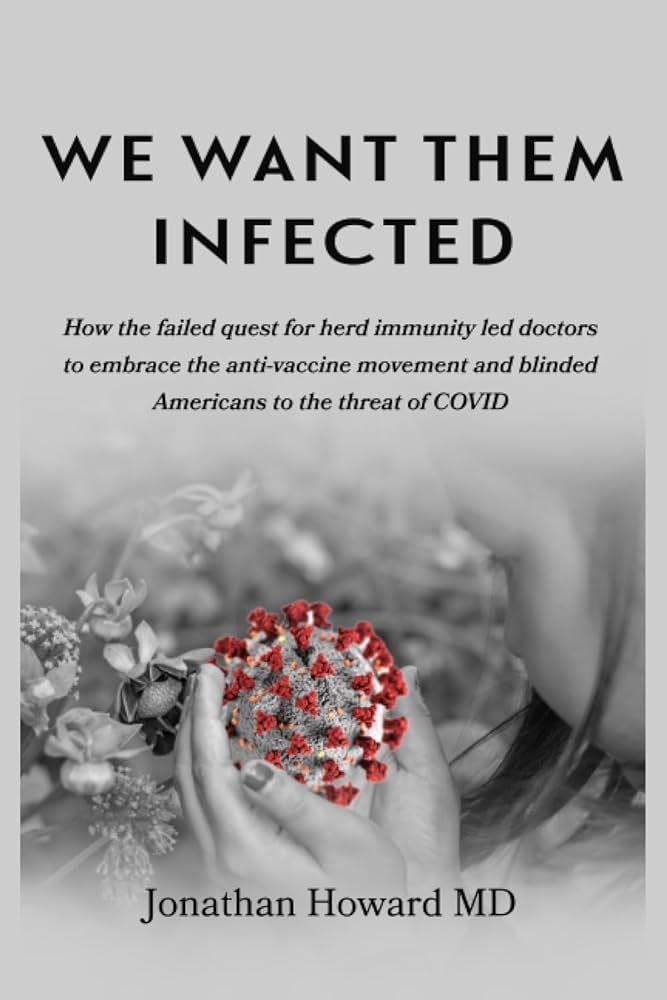Daphne Koller: The Convergence of A.I. and Digital Biology
Description
Transcript
Eric Topol (00:06 ):
Well, hello, this is Eric Topol with Ground Truths and I am absolutely thrilled to welcome Daphne Koller, the founder and CEO of insitro, and a person who I've been wanting to meet for some time. Finally, we converged so welcome, Daphne.
Daphne Koller (00:21 ):
Thank you Eric. And it's a pleasure to finally meet you as well.
Eric Topol (00:24 ):
Yeah, I mean you have been rocking everybody over the years with elected to the National Academy of Engineering and Science and right at the interface of life science and computer science and in my view, there's hardly anyone I can imagine who's doing so much at that interface. I wanted to first start with your meeting in Davos last month because I kind of figured we start broad AI rather than starting to get into what you're doing these days. And you had a really interesting panel [←transcript] with Yann LeCun, Andrew Ng and Kai-Fu Lee and others, and I wanted to get your impression about that and also kind of the general sense. I mean AI is just moving it at speed, that is just crazy stuff. What were your thoughts about that panel just last month, where are we?
Daphne Koller (01:25 ):
I think we've been living on an exponential curve for multiple decades and the thing about exponential curves is they are very misleading things. In the early stages people basically take the line between whatever we were last year, and this year and they interpolate linearly, and they say, God, things are moving so slowly. Then as the exponential curve starts to pick up, it becomes more and more evident that things are moving faster, but it’s still people interpolate linearly and it's only when things really hit that inflection point that people realize that even with the linear interpolation where we'll be next year is just mind blowing. And if you realize that you're on that exponential curve where we will be next year is just totally unanticipatable. I think what we started to discuss in that panel was, are we in fact on an exponential curve? What are the rate limiting factors that may or may not enable that curve to continue specifically availability of data and what it would take to make that curve available in areas outside of the speech, whatever natural language, large language models that exist today and go far beyond that, which is what you would need to have these be applicable to areas such as biology and medicine.
Daphne Koller (02:47 ):
And so that was kind of the message to my mind from the panel.
Eric Topol (02:53 ):
And there was some differences in opinion, of course Yann can be a little strong and I think it was good to see that you're challenging on some things and how there is this “world view” of AI and how, I guess where we go from here. As you mentioned in the area of life science, there already had been before large language models hit stride, so much progress particularly in imaging cells, subcellular, I mean rare cells, I mean just stuff that was just without any labeling, without fluorescein, just amazing stuff. And then now it's gone into another level. So as we get into that, just before I do that, I want to ask you about this convergence story. Jensen Huang, I'm sure you heard his quote about biology as the opportunity to be engineering, not science. I'm sure if I understand, not science, but what about this convergence? Because it is quite extraordinary to see two fields coming together moving at such high velocity.
"Biology has the opportunity to be engineering not science. When something becomes engineering not science it becomes...exponentially improving, it can compound on the benefits of previous years." -Jensen Huang, NVIDIA.
Daphne Koller (04:08 ):
So, a quote that I will replace Jensen's or will propose a replacement for Jensen's quote, which is one that many people have articulated, is that math is to physics as machine learning is to biology. It is a mathematical foundation that allows you to take something that up until that point had been kind of mysterious and fuzzy and almost magical and create a formal foundation for it. Now physics, especially Newtonian physics, is simple enough that math is the right foundation to capture what goes on in a lot of physics. Biology as an evolved natural system is so complex that you can't articulate a mathematical model for that de novo. You need to actually let the data speak and then let machine learning find the patterns in those data and really help us create a predictability, if you will, for biological systems that you can start to ask what if questions, what would happen if we perturb the system in this way?
The Convergence
Daphne Koller (05:17 ):
How would it react? We're nowhere close to being able to answer those questions reliably today, but as you feed a machine learning system more and more data, hopefully it'll become capable of making those predictions. And in order to do that, and this is where it comes to this convergence of these two disciplines, the fodder, the foundation for all of machine learning is having enough data to feed the beast. The miracle of the convergence that we're seeing is that over the last 10, 15 years, maybe 20 years in biology, we've been on a similar, albeit somewhat slower exponential curve of data generation in biology where we are turning it into a quantitative discipline from something that is entirely observational qualitative, which is where it started, to something that becomes much more quantitative and broad based in how we measure biology. And so those measurements, the tools that life scientists and bioengineers have developed that allow us to measure biological systems is what produces that fodder, that energy that you can then feed into the machine learning models so that they can start making predictions.
Eric Topol (06:32 ):
Yeah, well I think the number of layers of data no less what's in these layers is quite extraordinary. So some years ago when all the single cell sequencing was started, I said, well, that's kind of academic interest and now the field of spatial omics has exploded. And I wonder how you see the feeding the beast here. It's at every level. It's not just the cell level subcellular and single cell nuclei sequencing single cell epigenomics, and then you go all the way to these other layers of data. I know you plug into the human patient side as well as it could be images, it could be past slides, it could be the outcomes and treatments and on and on and on. I mean, so when you think about multimodal AI, has anybody really done that yet?
Daphne Koller (07:30 ):
I think that there are certainly beginnings of multimodal AI and we have started to see some of the benefits of the convergence of say, imaging and omics. And I will give an example from some of the work that we've recently distributed on a preprint server work that we did at insitro, which took imaging data from standard histopathology slides, H&E slides and aligned them with simple bulk RNA-Seq taken from those same tumor samples. And what we find is that by training models that translate from one to the other, specifically from the imaging to the omics, you're able to, for a fairly large fraction of genes, make very accurate predictions of gene expression levels by looking at the histopath images alone. And in fact, because many of the predictions are made at the tile level, not at the entire slide level, even though the omics was captured in bulk, you're able to spatially resolve the signal and get k

